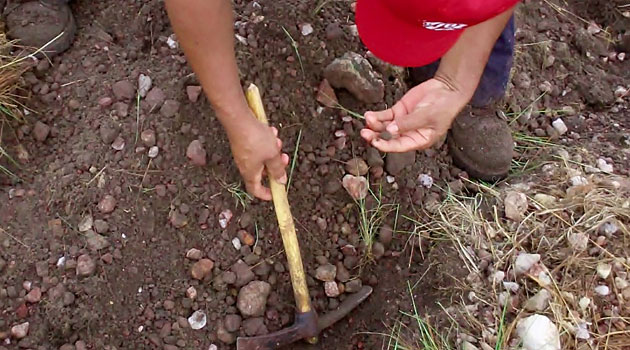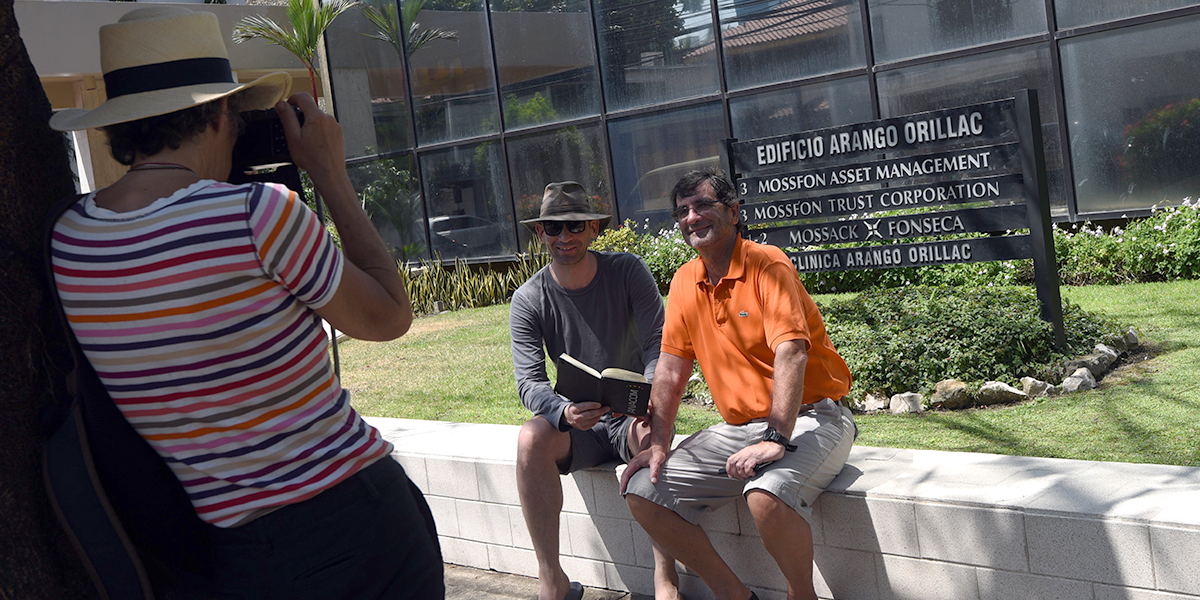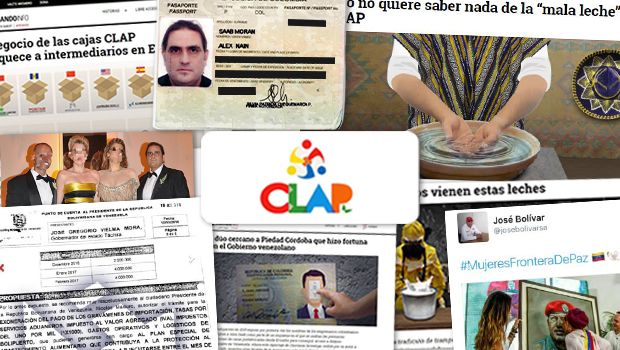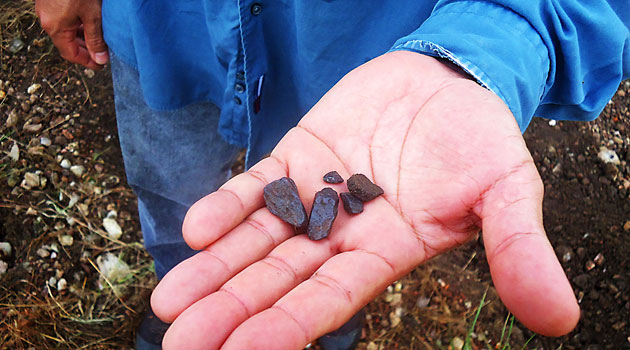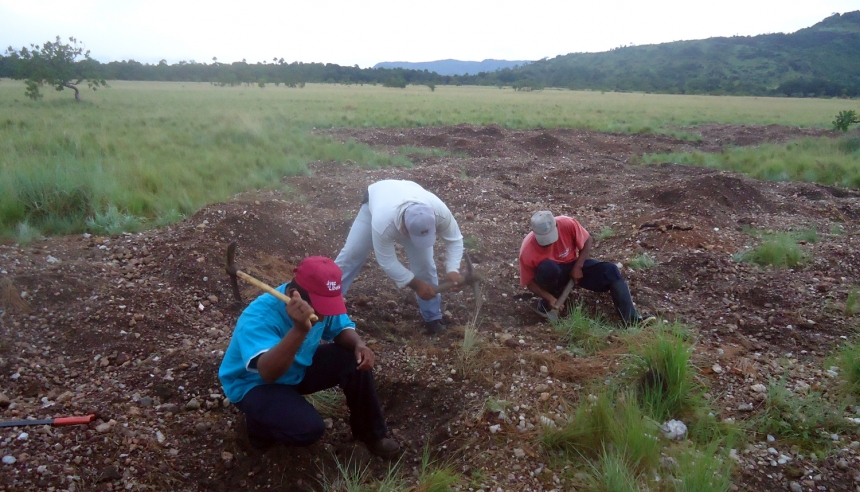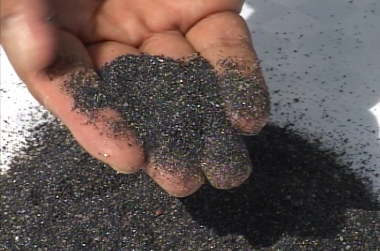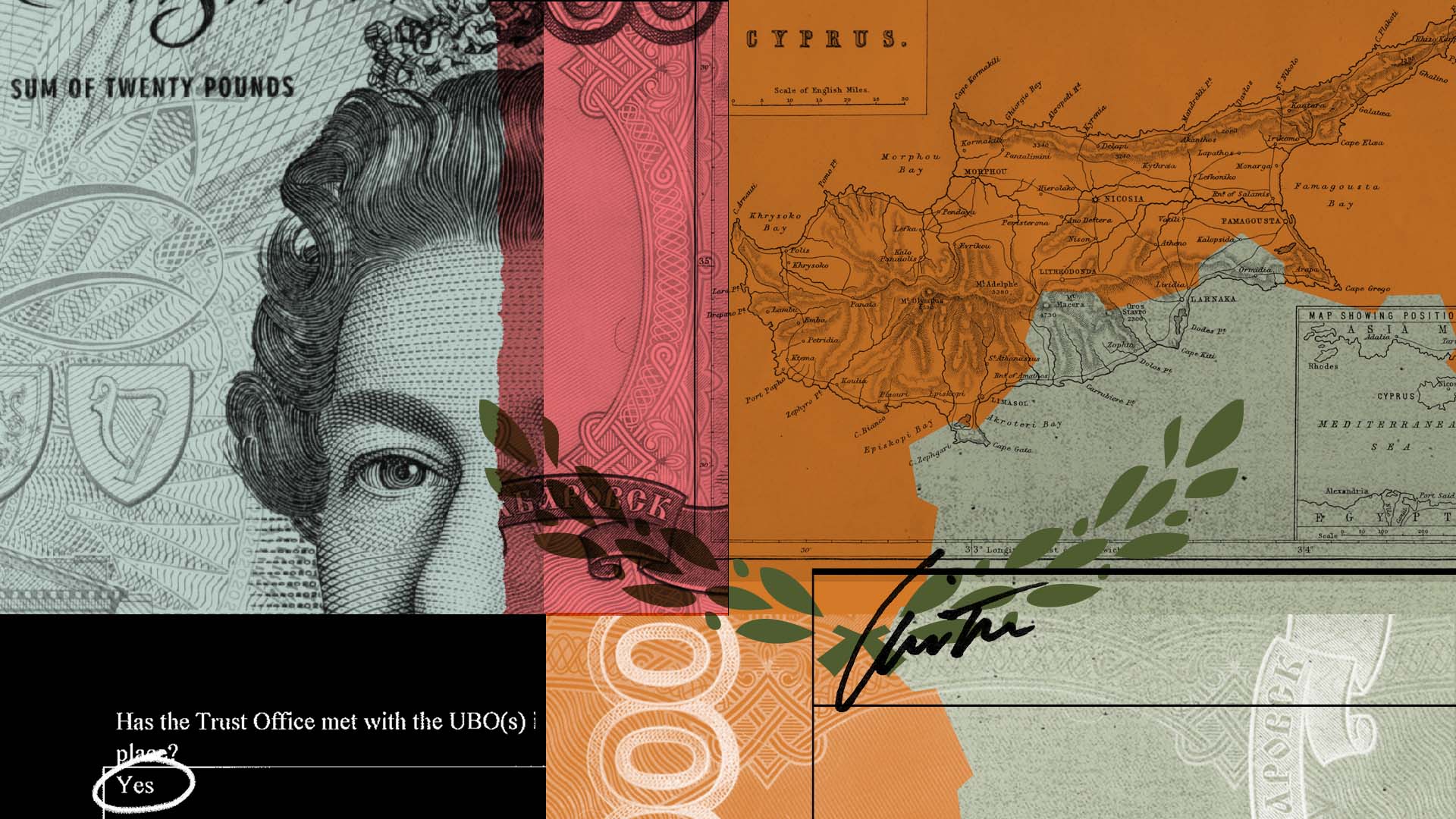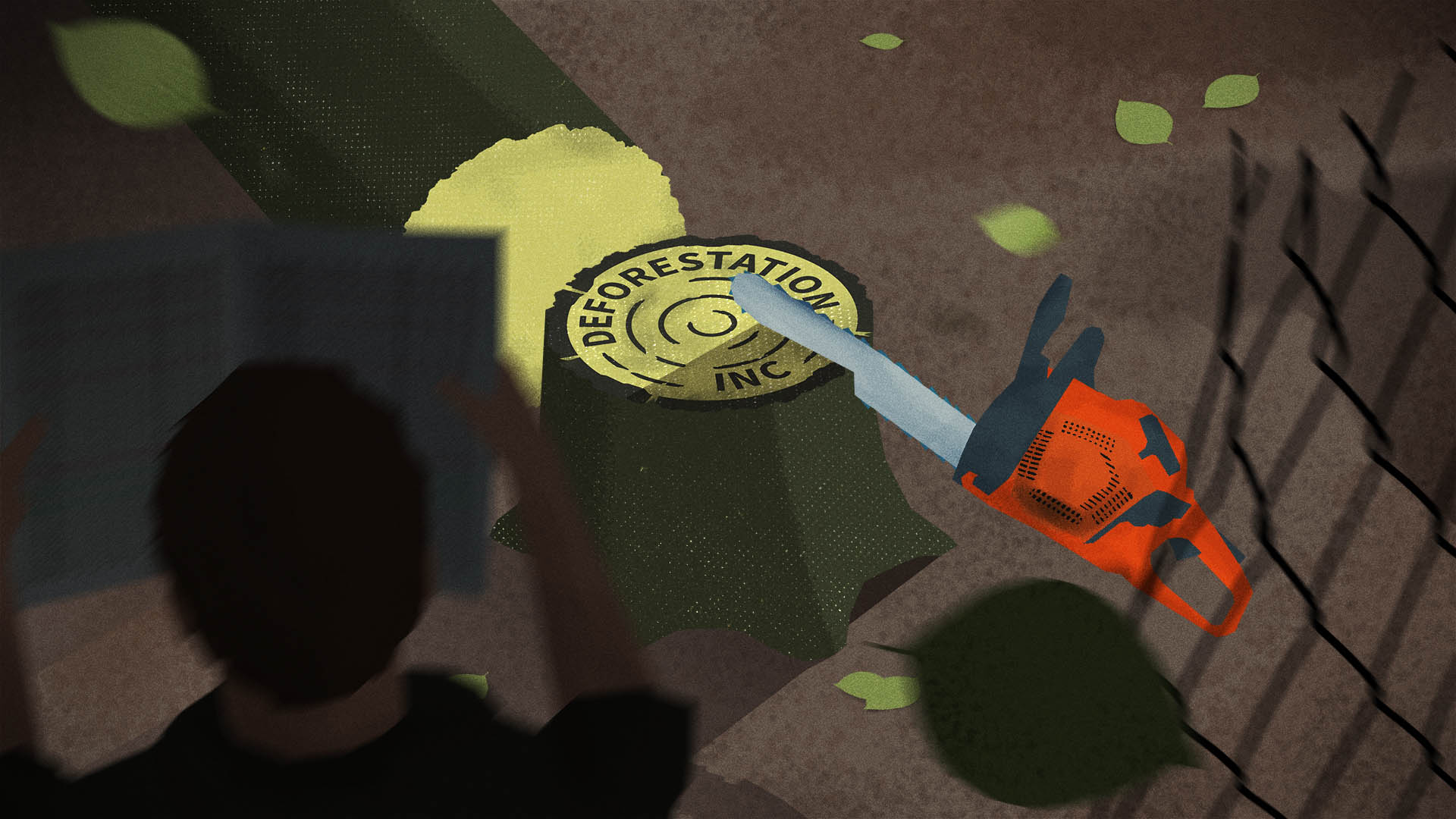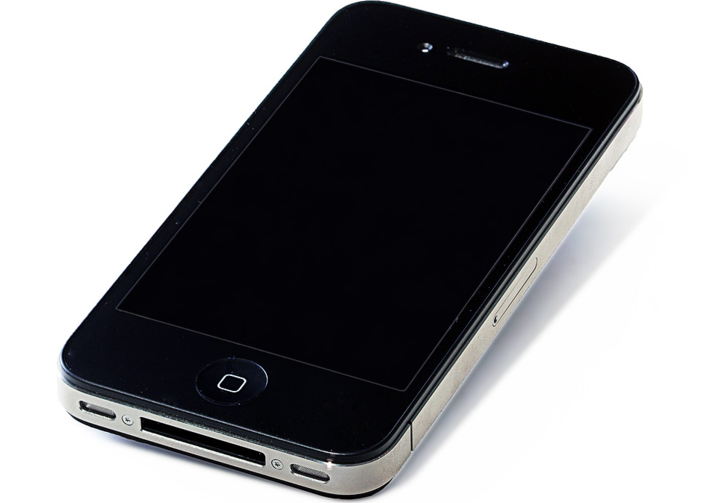
It’s used by almost everybody in smart phones and consumer electronics, and there is no simple way to keep conflict coltan out of the stream of legitimate minerals used by manufacturers.
1. It’s used by almost everybody — in mobile phones, electric cars and a wide array of consumer electronic devices; it is in optical and medical equipment. As new technologies emerge and produce new devices, demand will grow. There is no ready substitute.
2. Coltan’s ability to hold and move electrical signals, and its conductive ability in extreme temperatures, makes it ideal for smart bomb guidance controls. Security analysts say it is a strategic mineral.
3. War-torn Central Africa supplies about a fourth of the world market as production declines in Australia, the previous world leader. Most Central African coltan is considered conflict mineral because mining areas are controlled by armed factions and organized crime. It’s the same in the South American jungles where Colombia, Venezuela and Brazil meet and where officials say they’ve found vast coltan reserves.
4. There is no simple way to keep conflict coltan out of the stream of legitimate minerals used by manufacturers. It doesn’t have “geo-fingerprints” like conflict diamonds.
5. Controlling the flow of conflict coltan involves comprehensive action by governments, industry and activists. But that’s difficult: U.S. and European firms are looking at certification of coltan, but since manufacturers in China and India use the bulk of the world’s supply, certification efforts will fail if those countries do not participate.
